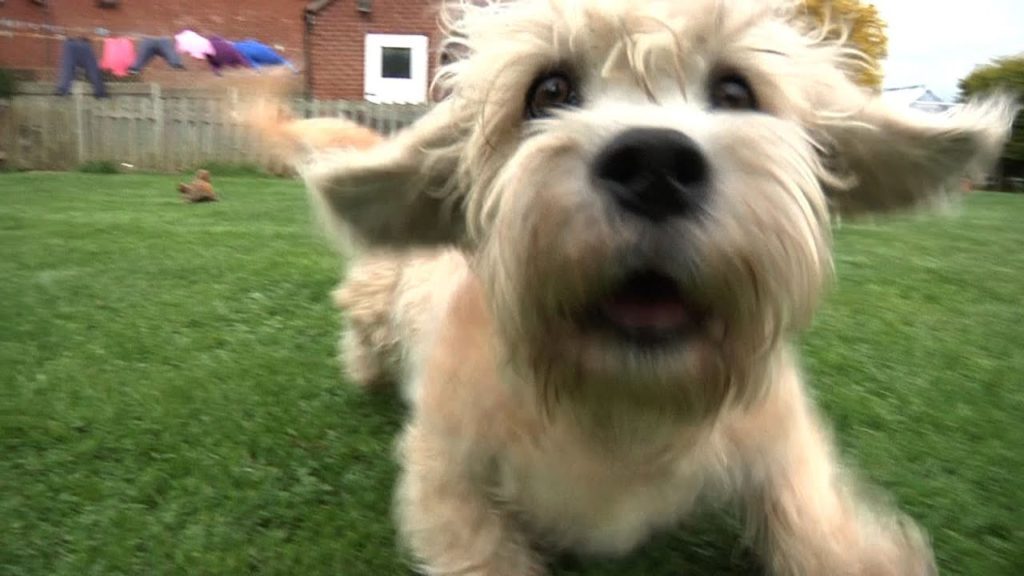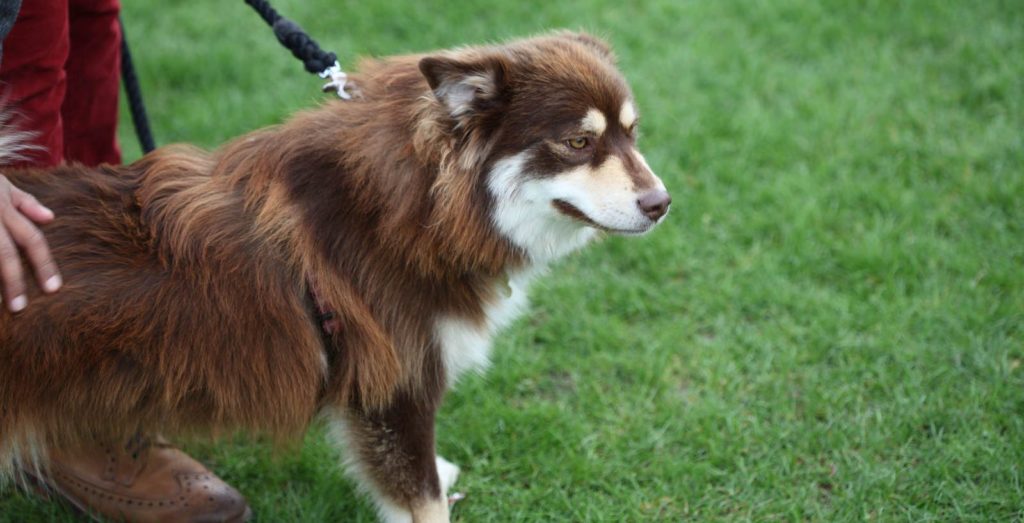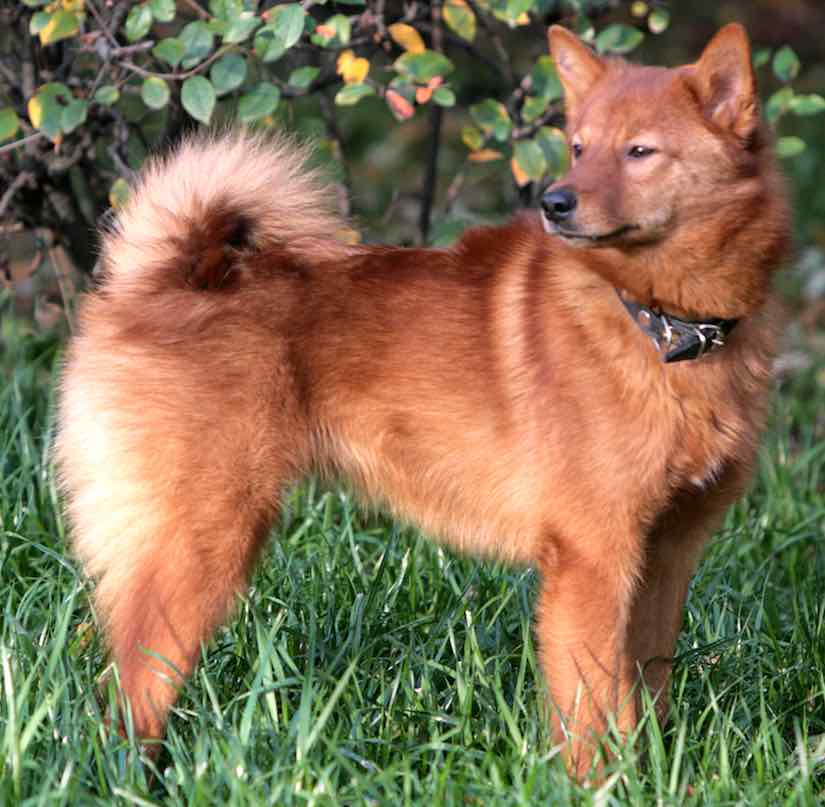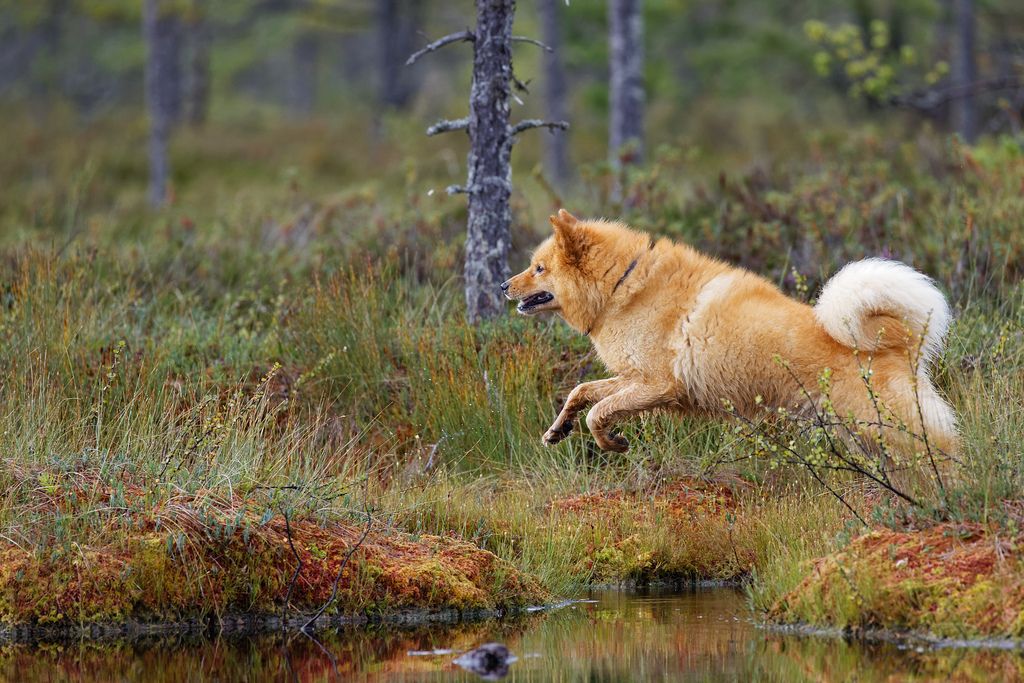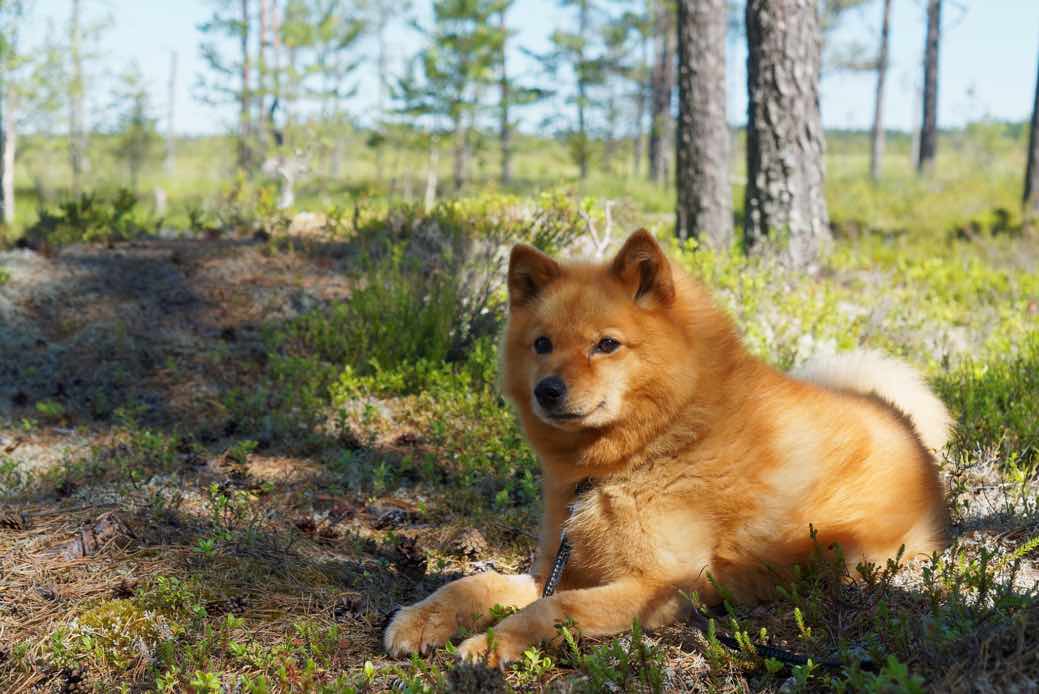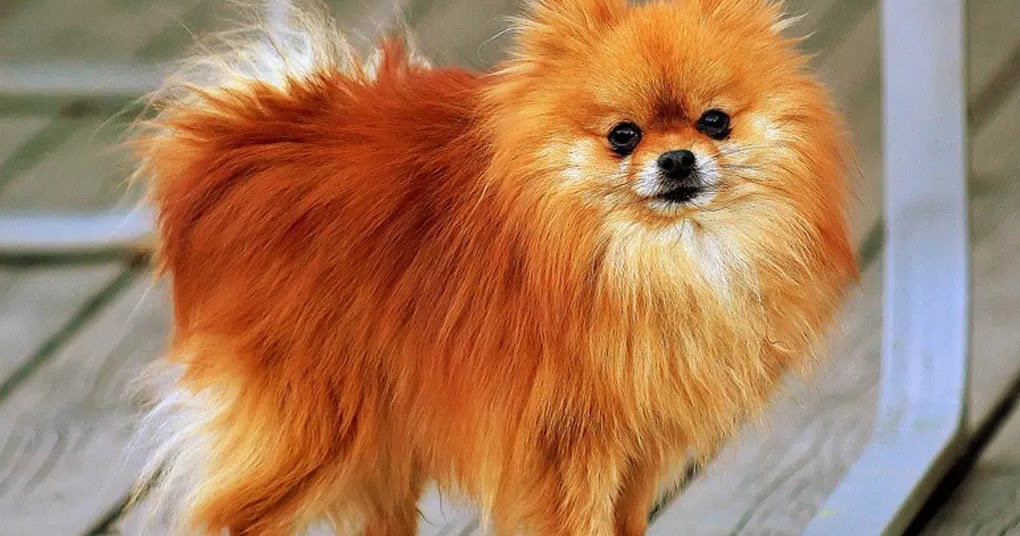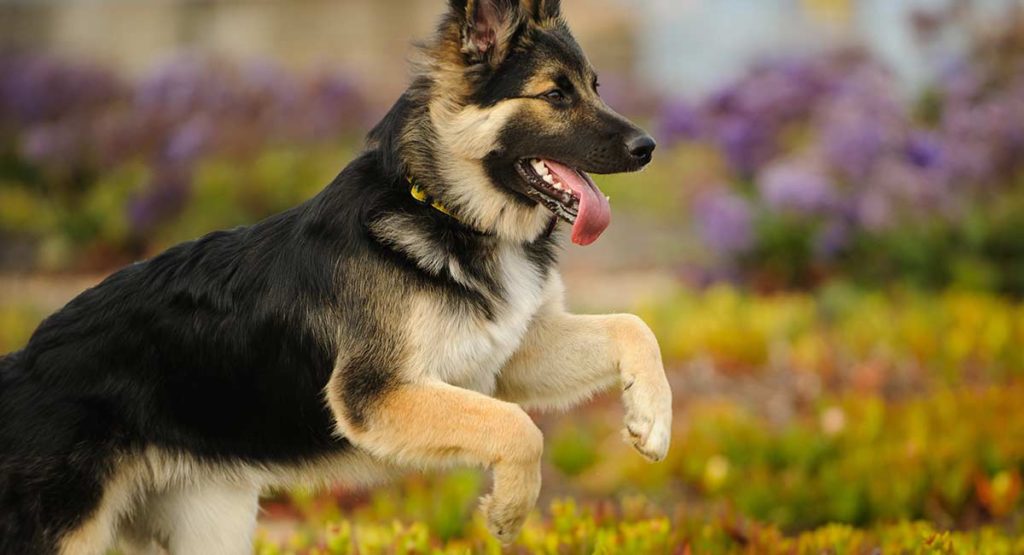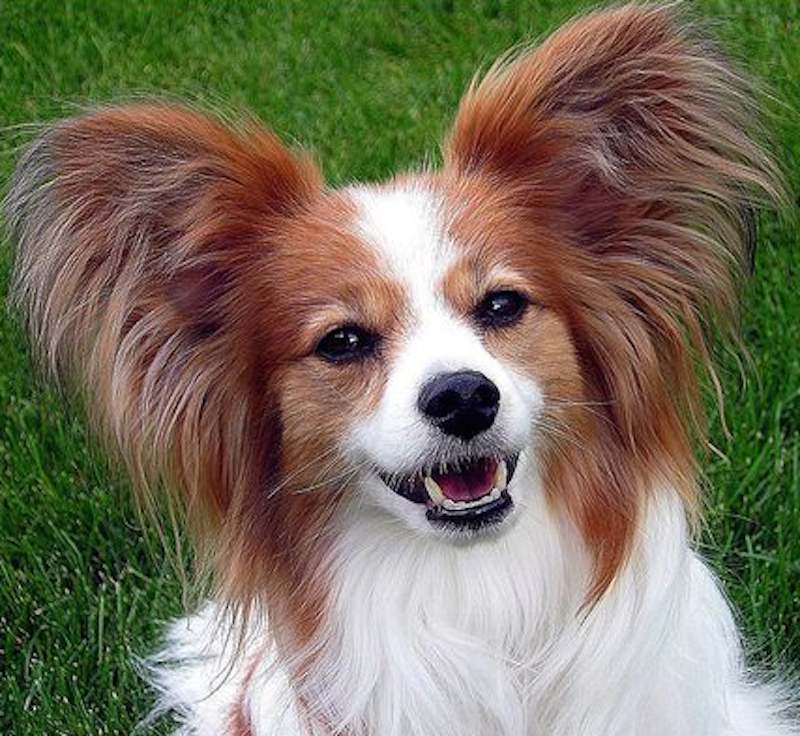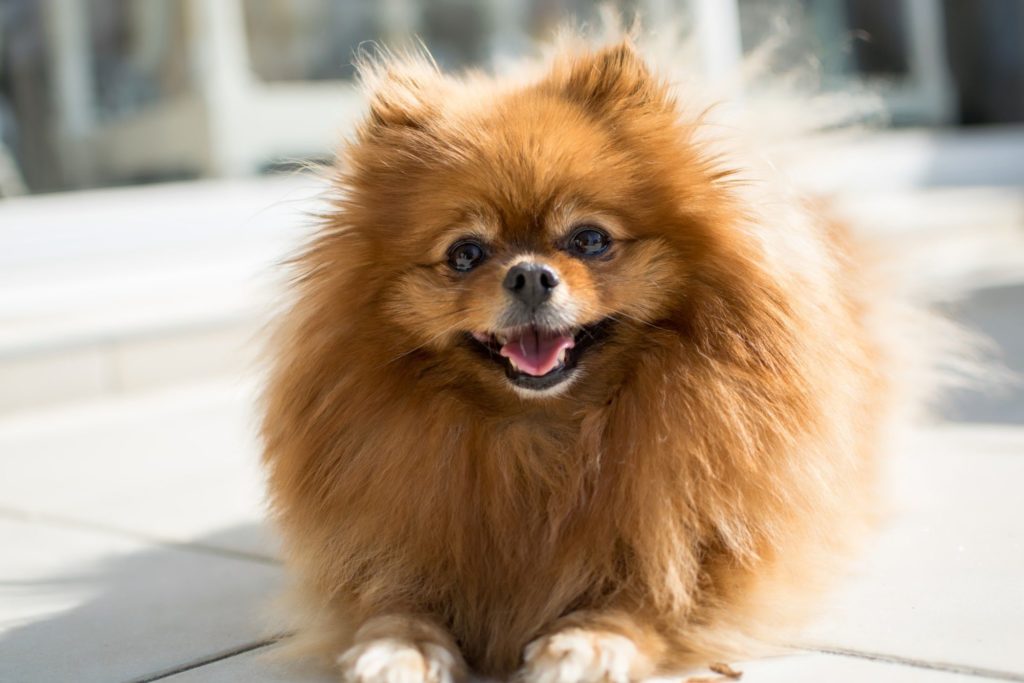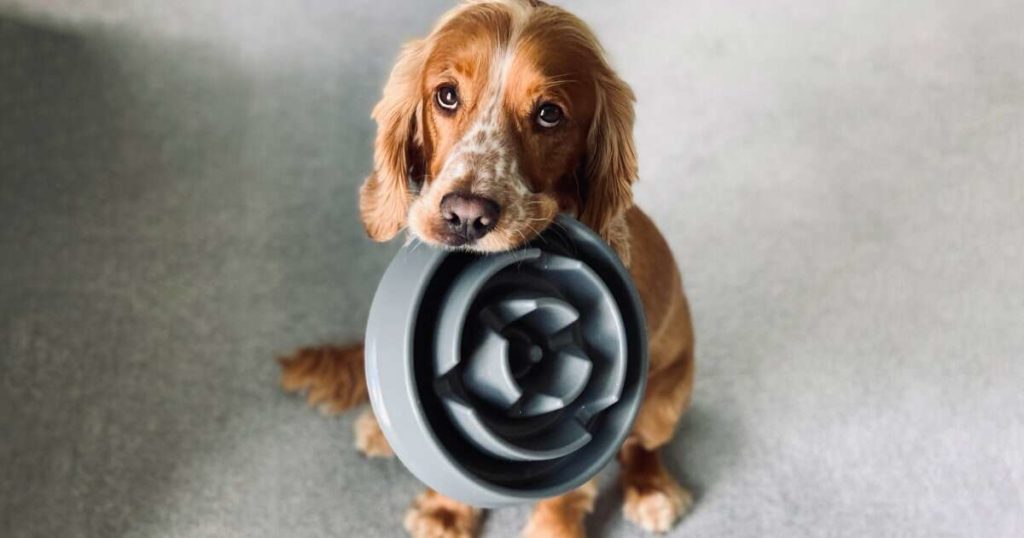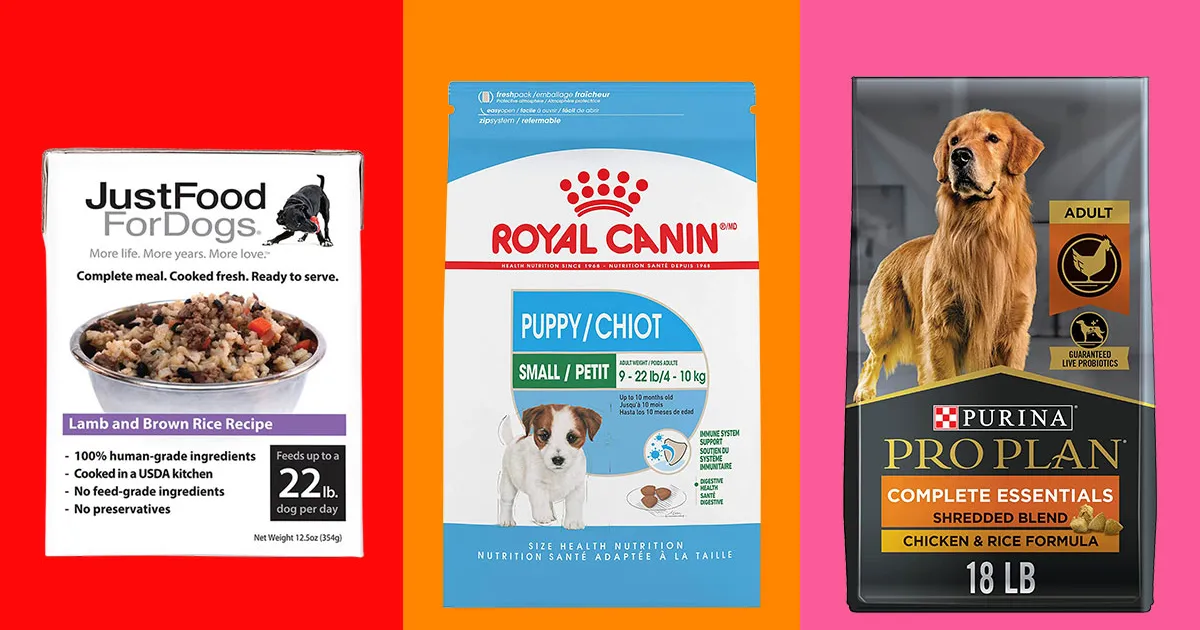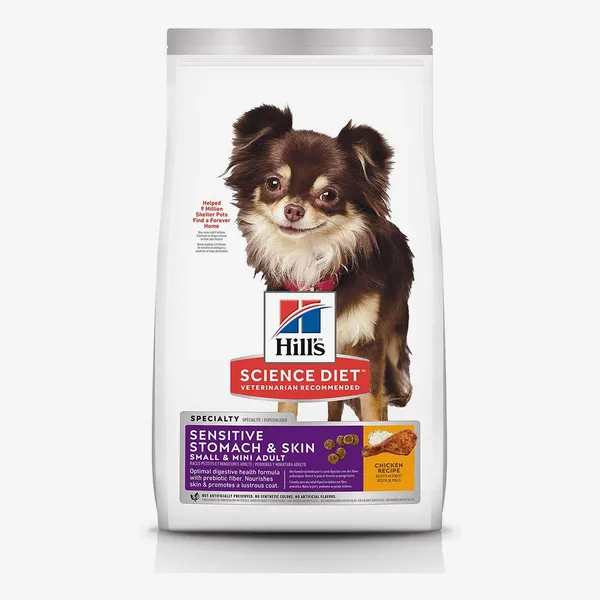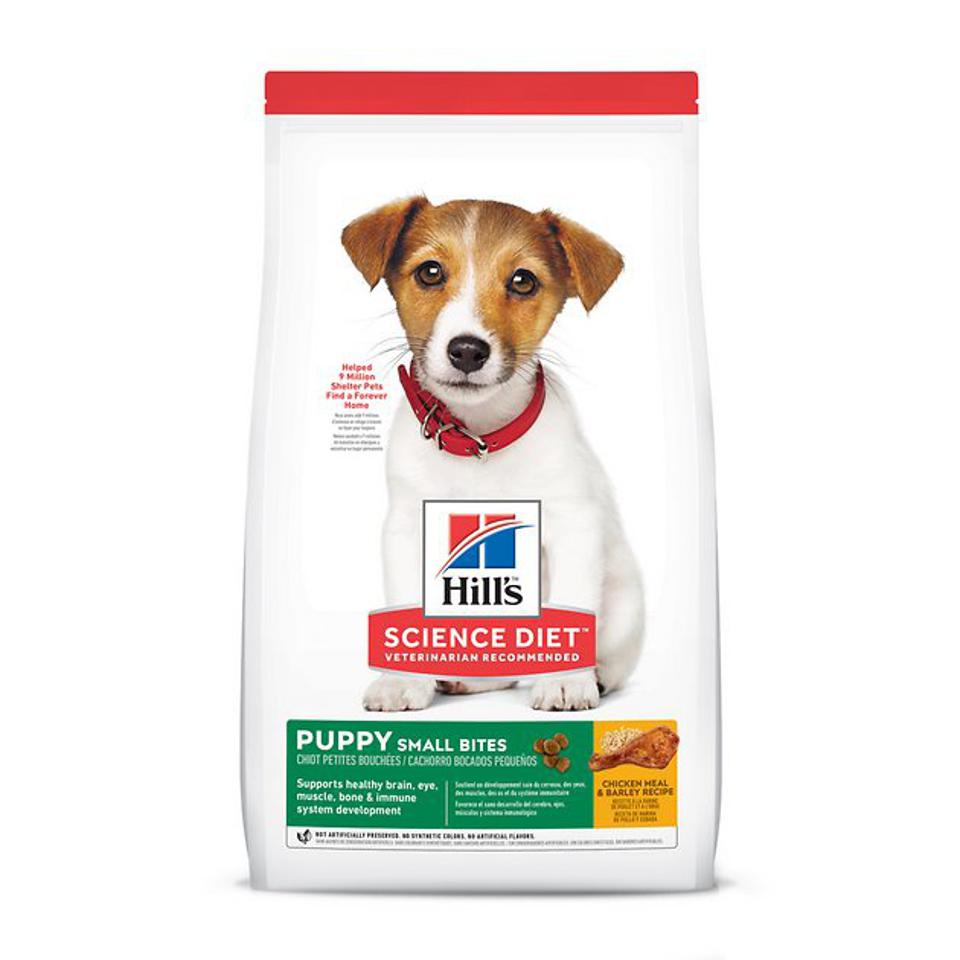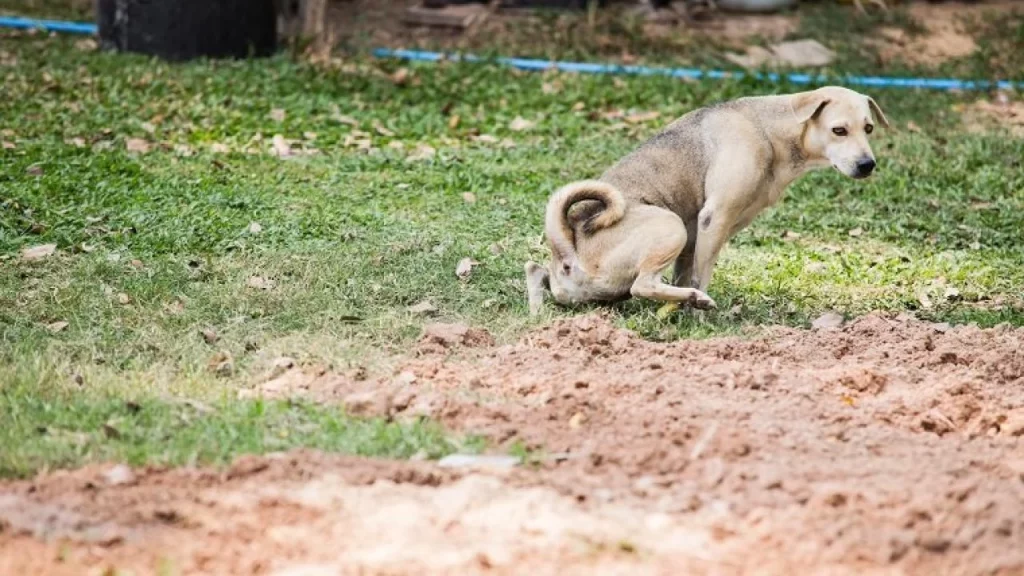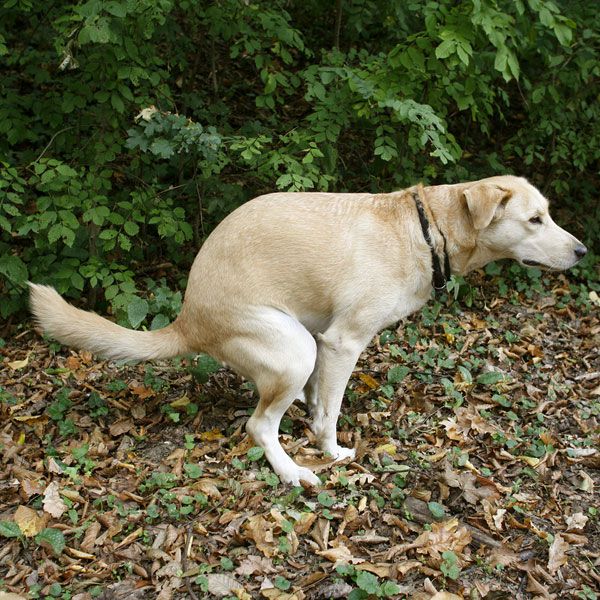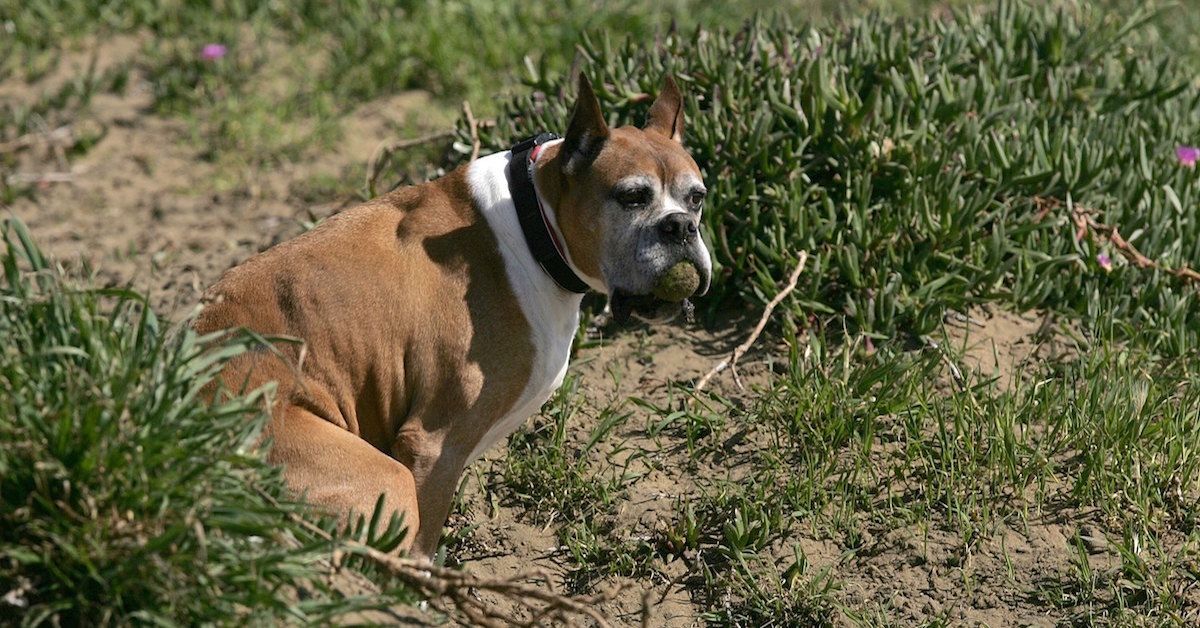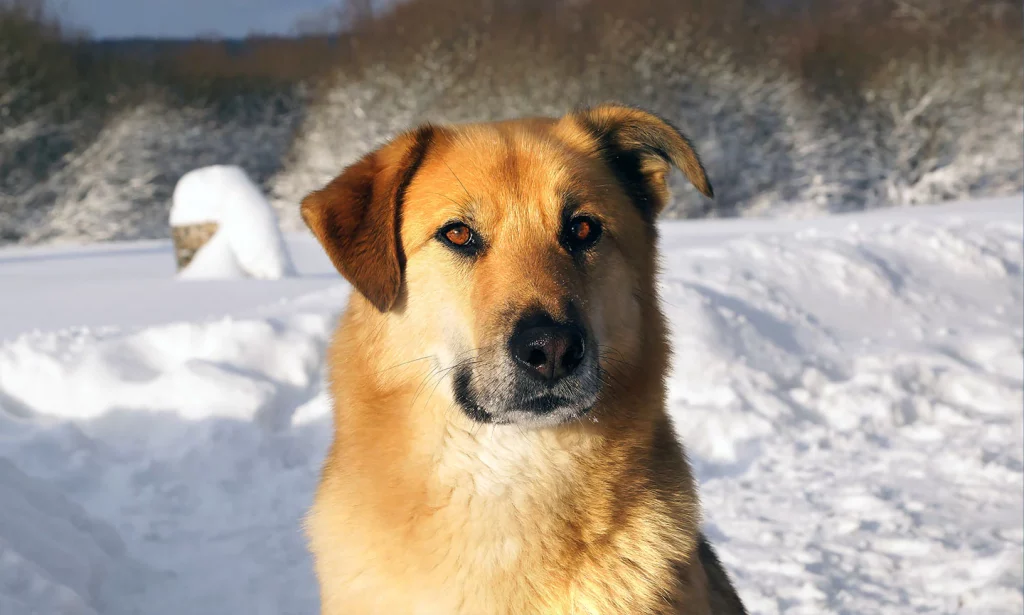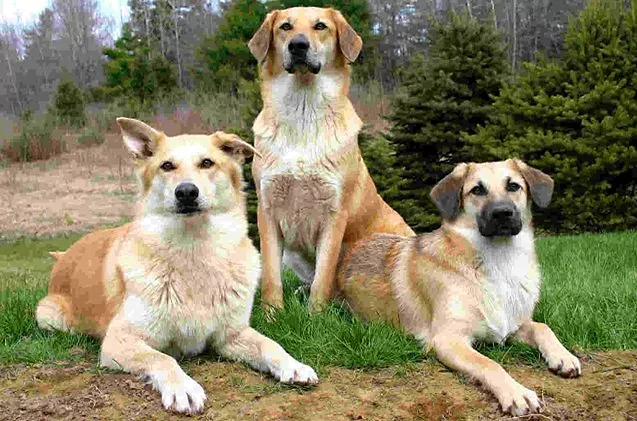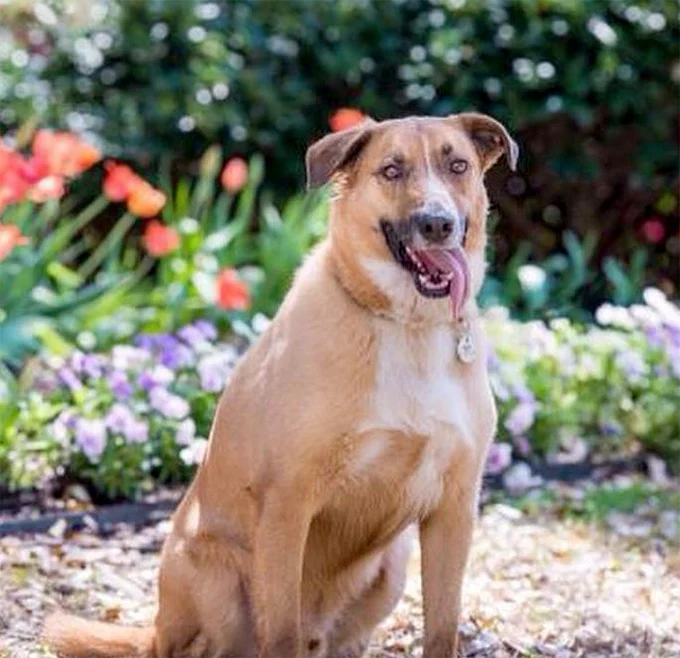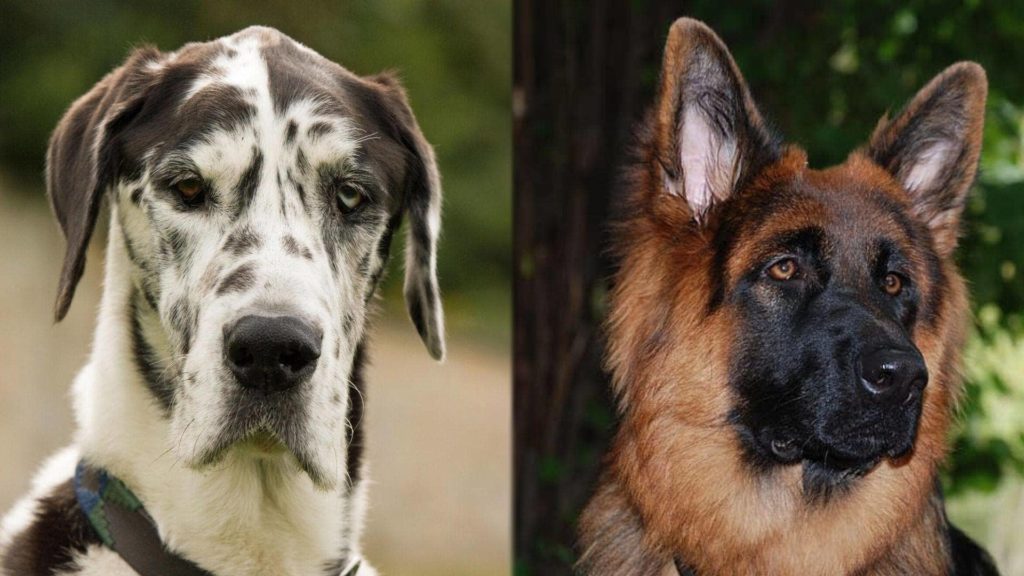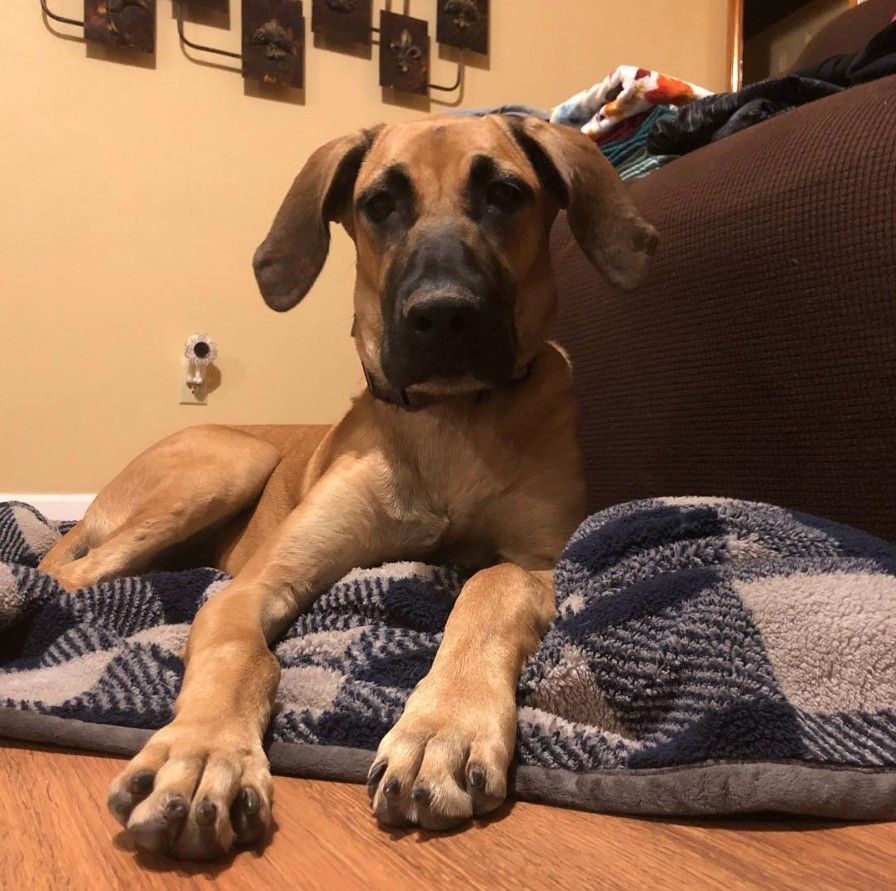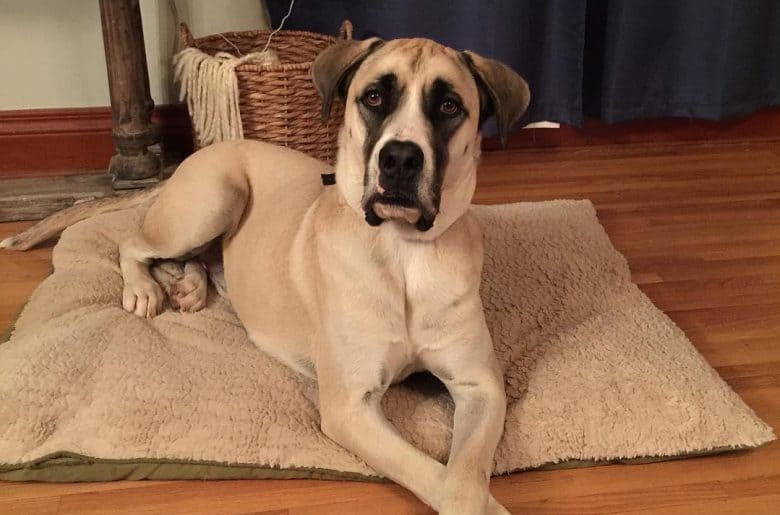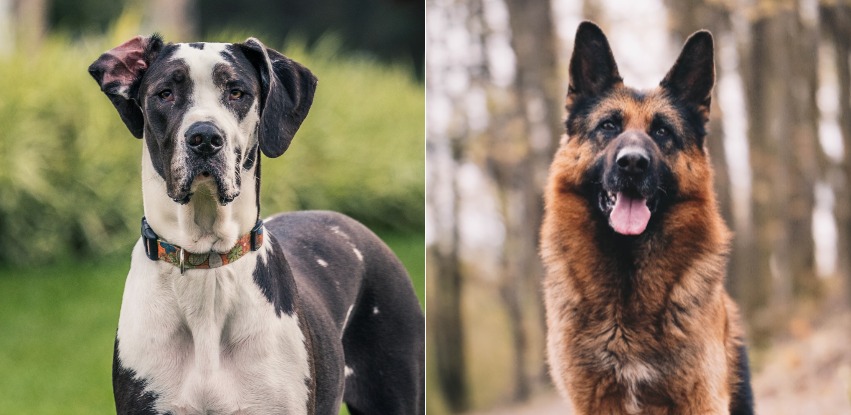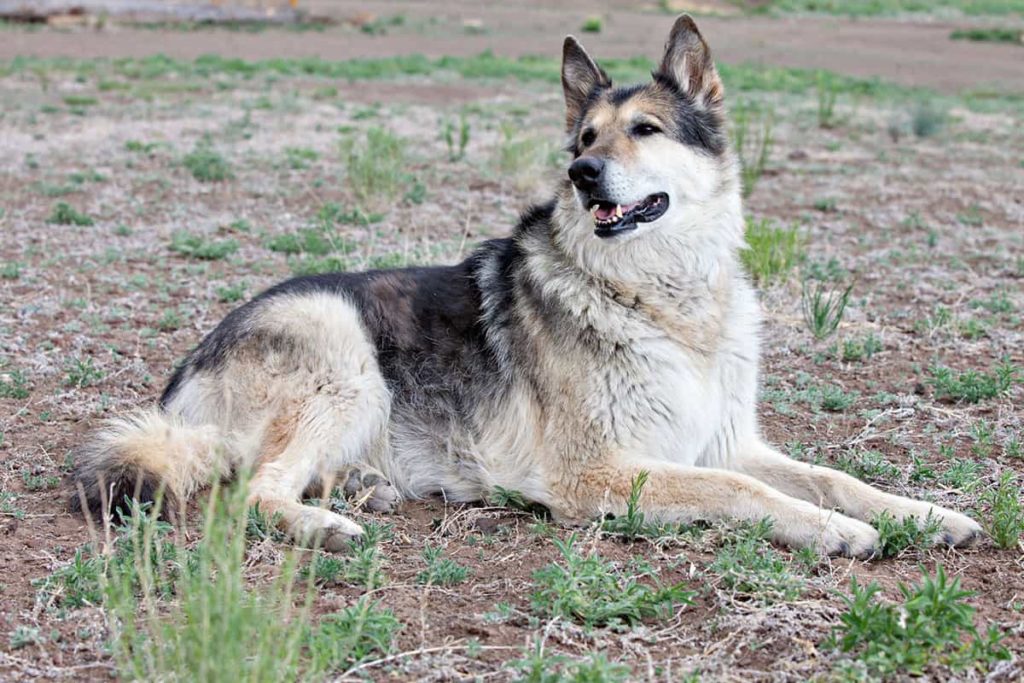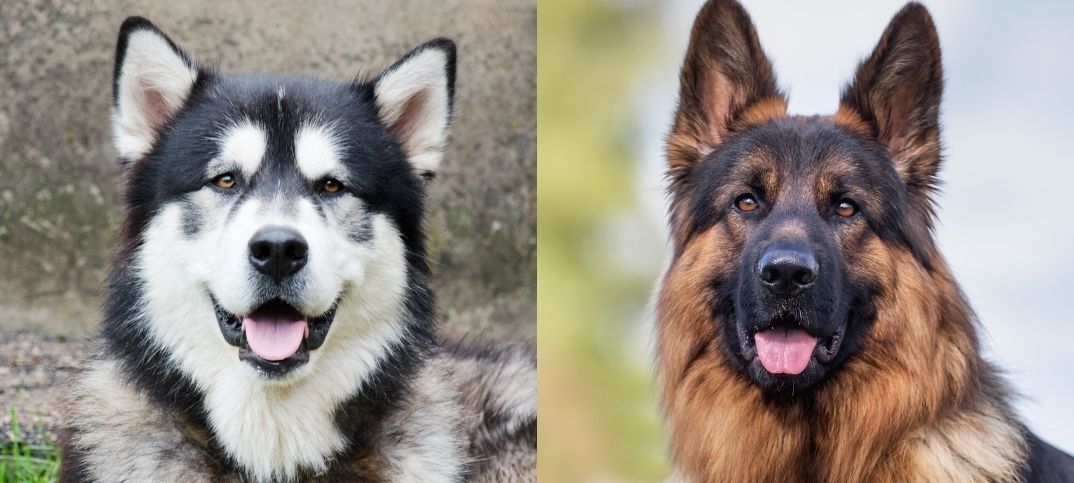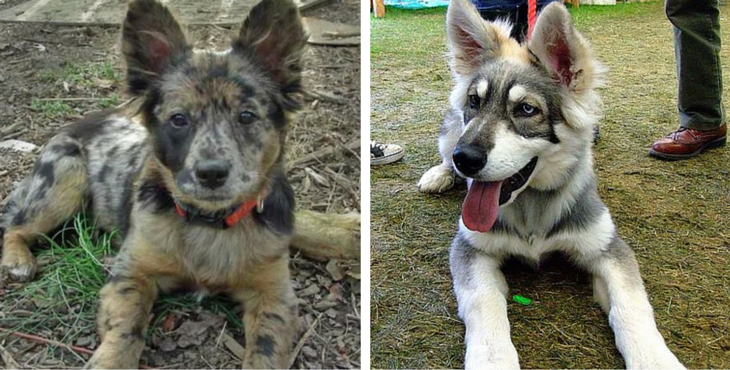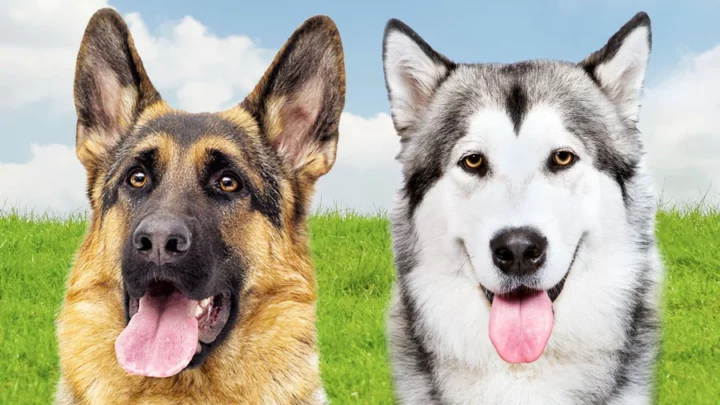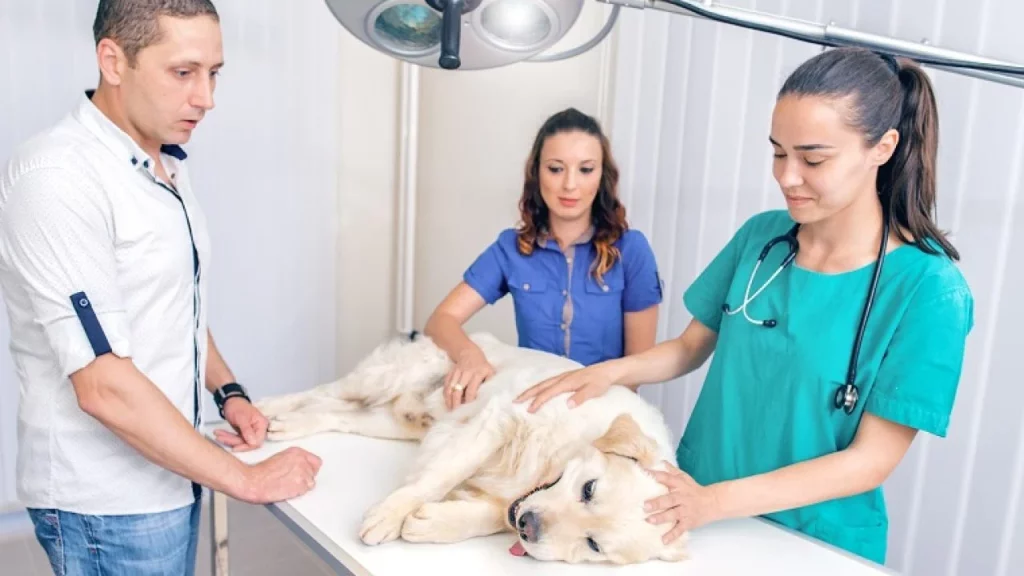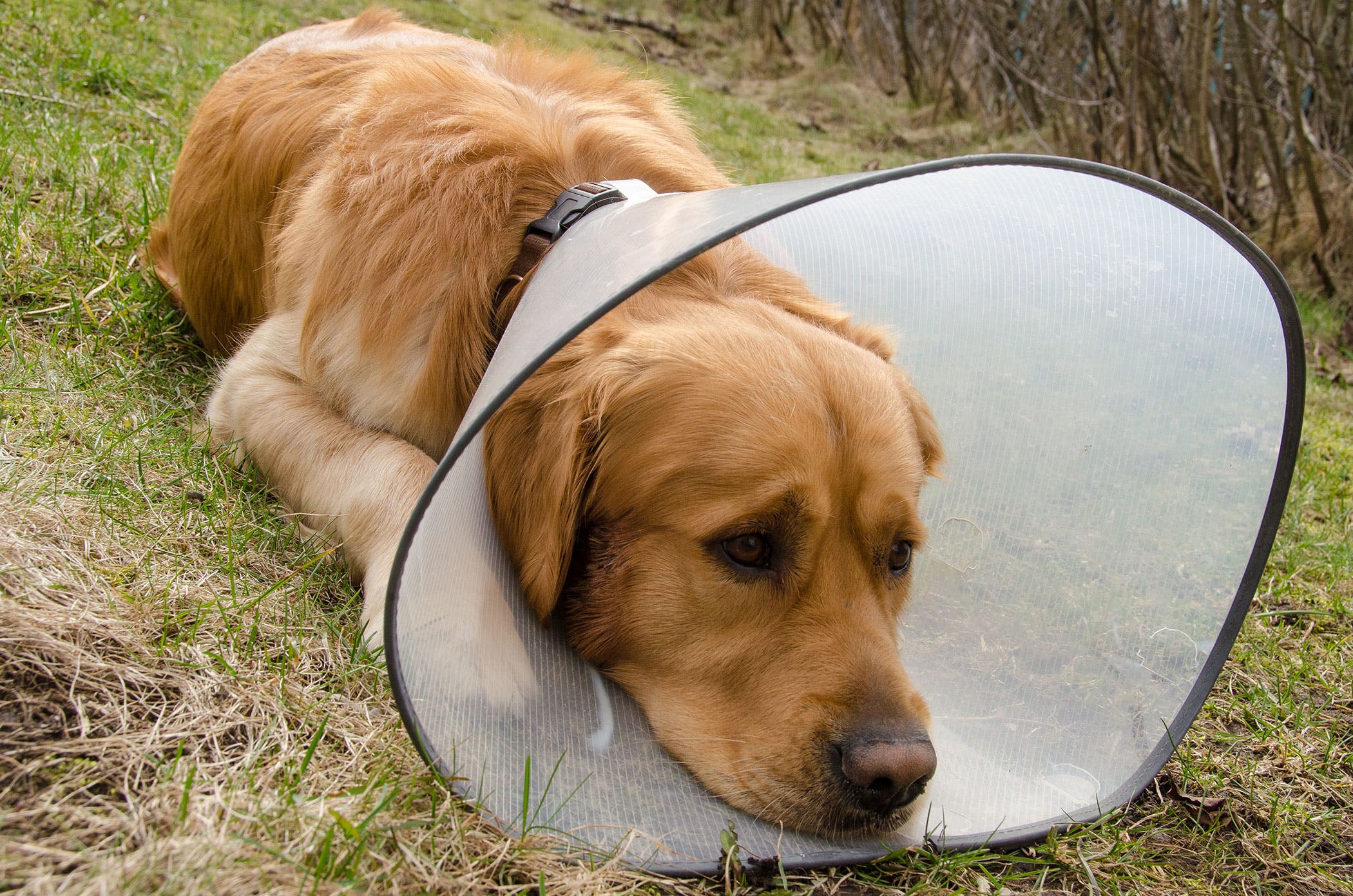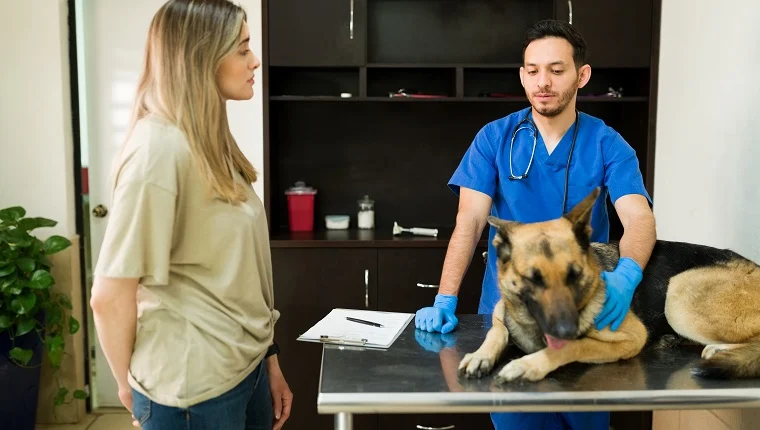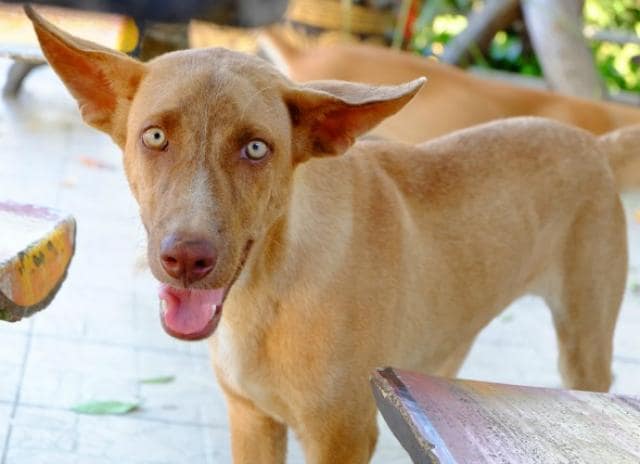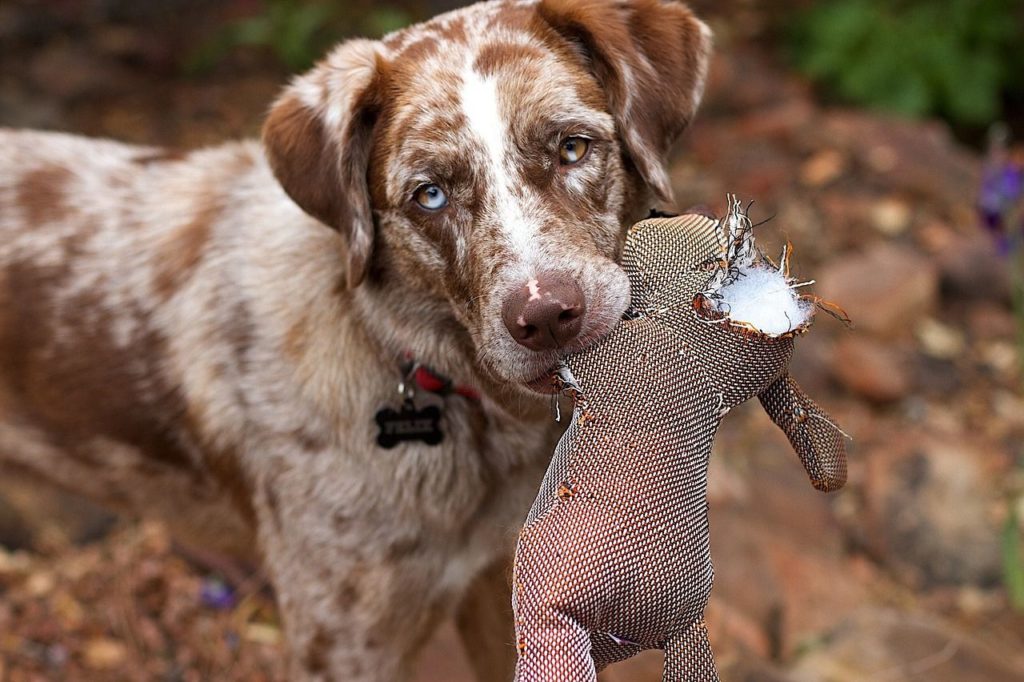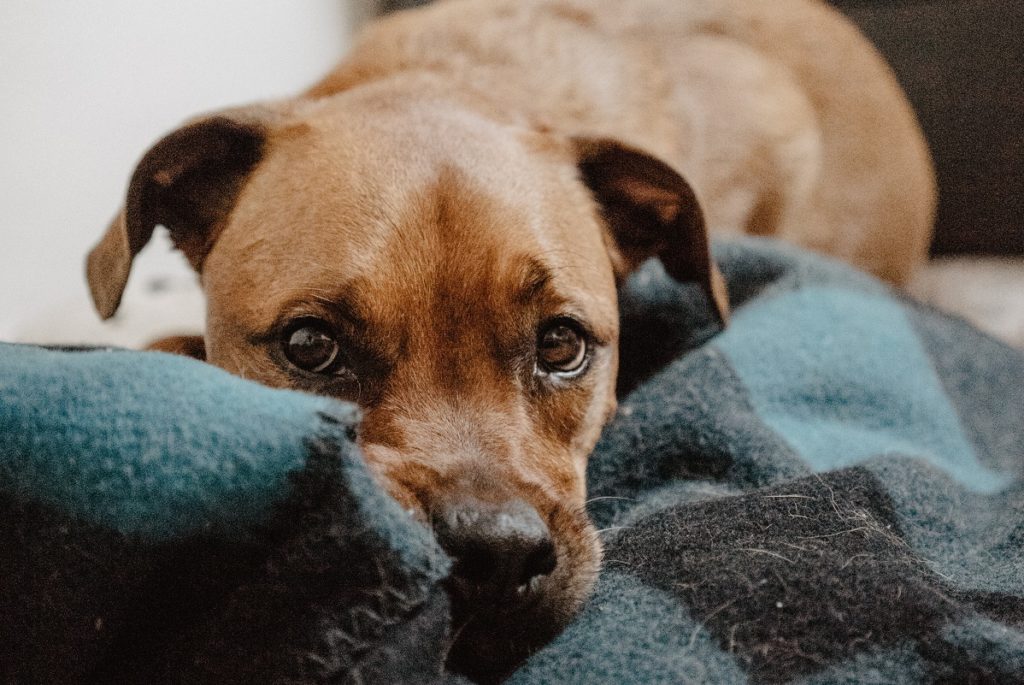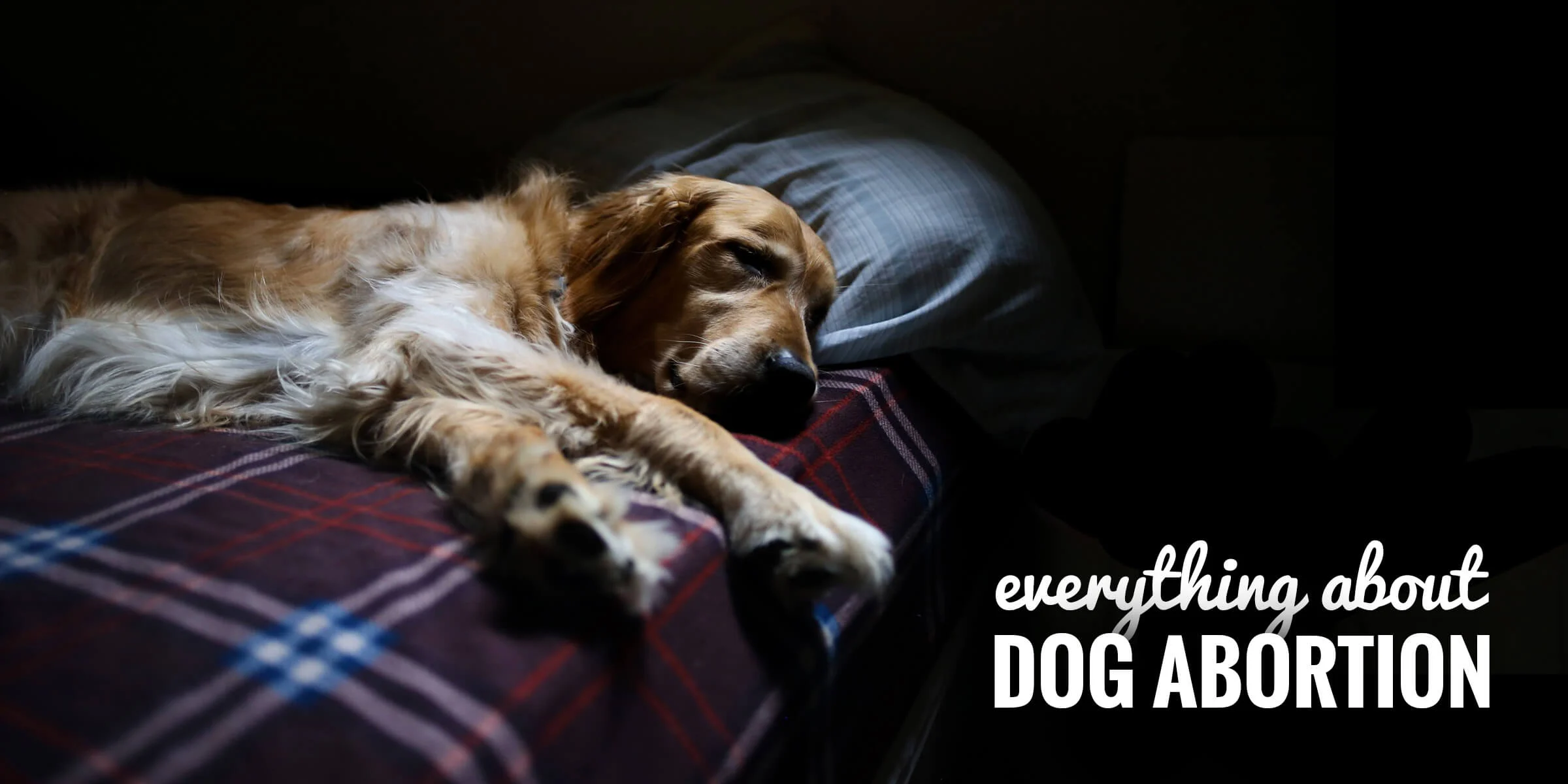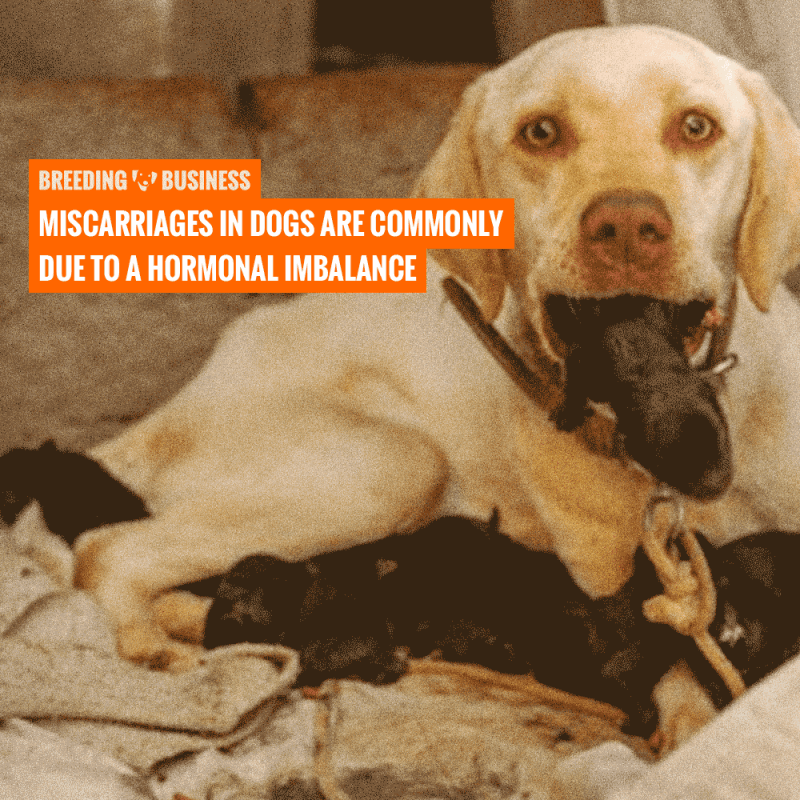The Dandie Dinmont Terrier Dog breed is descended from dogs used in the Scottish/English border country during the 1600s. The dogs were originally bred for hunting otters and badgers, but their origin remains unknown. The first documented reference to these dogs was in 1760 when they appeared on a list of pointers owned by Mr. Charles Hope of Brampton, Cumbria.
It is thought that early dogs owned by the Allans of Holystone, Northumberland during 1700 might have been involved in their development. This is a picture of the dogs that accompanied Lewis and Clark on their expedition. The exact type of dog they were is unknown, although some theories exist including the idea that they are a cross between Border Terrier and Skye Terrier.
In the mid-1800s, this breed was referred to as the Dandie Dinmont Terrier and gained popularity for its hunting abilities. The breed was named after a character from a novel written by Sir Walter Scott. In 1856, Queen Victoria owned several of these dogs. The Bedlington Terrier developed off of this breed in the late 19th.
In the late 19th century, a dog breed called Dandie Dinmont terrier was becoming popular in Scotland. The breed’s popularity was due to its appearance in the works of Sir Walter Scott, who referred to it as “the big little dog.” This led people to refer to the breed as “Dandie Dinmont.
Dandie Dinmont Terrier Dog Physical Appearance
- The Dandie Dinmont Terrier Dog is one of the smallest breeds of terrier.
- It has a hard outer coat, which is two-thirds hard hair and one-third soft hair, about 2 inches in length.
- The head is covered with soft, silky hair.
- Its gait is free and easy.
- Its hind legs are longer than its front legs. Scottish terriers have a short, muscular body with long legs.
They have large ears that hang down from their heads, and the neck is muscular from the breed’s use against the larger game. The coat of a Scottish terrier can be either rough or smooth.
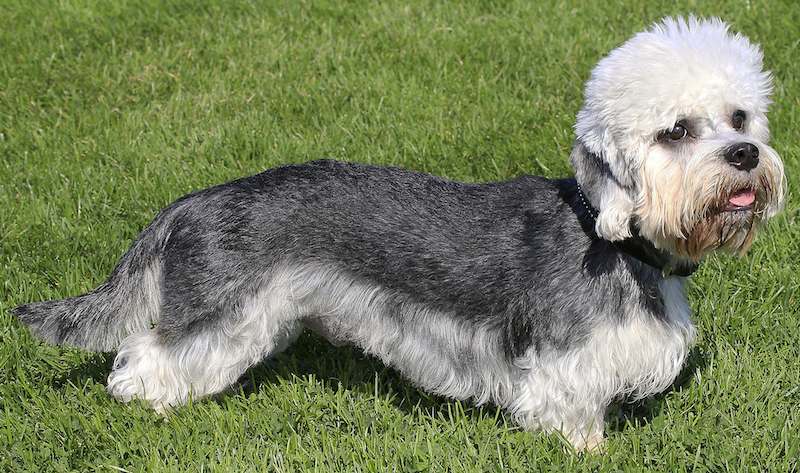
The average height at the withers for a Scottish terrier is 8–11 inches, and it can weigh 18–24 pounds. The Dandie Dinmont is a smaller version of the Skye Terrier. The coat on the two dogs is similar, but the Skye has thicker and longer fur.
They come in either pepper or mustard colours, with pepper ranging from dark blueish black to light silvery gray; mustard can vary from reddish-brown to fawn, with the head appearing white.
Dandie Dinmont Terrier Dog Behavior
The Dandie Dinmont Terrier breed is friendly and usually calm, making them a good companion dog. They are very protective of their owners and make excellent guard dogs. However, they can be quite demanding of their owner’s attention. Dandies love to dig holes in the garden and are able to create large holes in a short amount of time.
The Dandie Dinmont Terrier was bred to hunt foxes and other vermin. The breed is known for its hardiness, friendliness, and courage, but is generally reserved with strangers. They are loyal to their owners and make good watchdogs due to their ability to bark loudly when intruders are near.
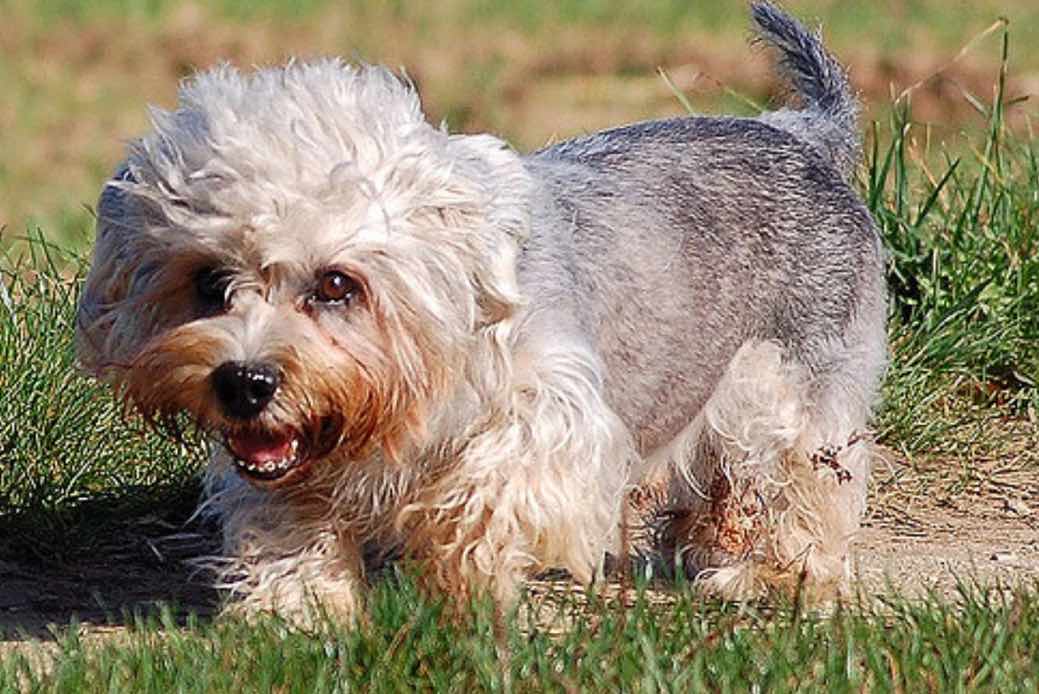
Dandie Dinmont Terrier Dog Training and Caring
Dandie Dinmont Terriers are sturdy little dogs with lots of energy, but they are very adaptable. They are easy to train and eager to please. They love a chance to roam and explore in a safe area, but they need a moderate walk every day to stay in shape. Their coat needs combing twice weekly, plus regular scissoring and shaping.
All dogs shed, and the Dandie Dinmont Terrier is an exception. However, you don’t need to groom its coat as often as you would to a dog that sheds. The Dandie’s coat must be stripped of dead hair at least a couple of times a year and exercise should consist of a brisk walk or playing with a ball in your yard for about 30minutes.
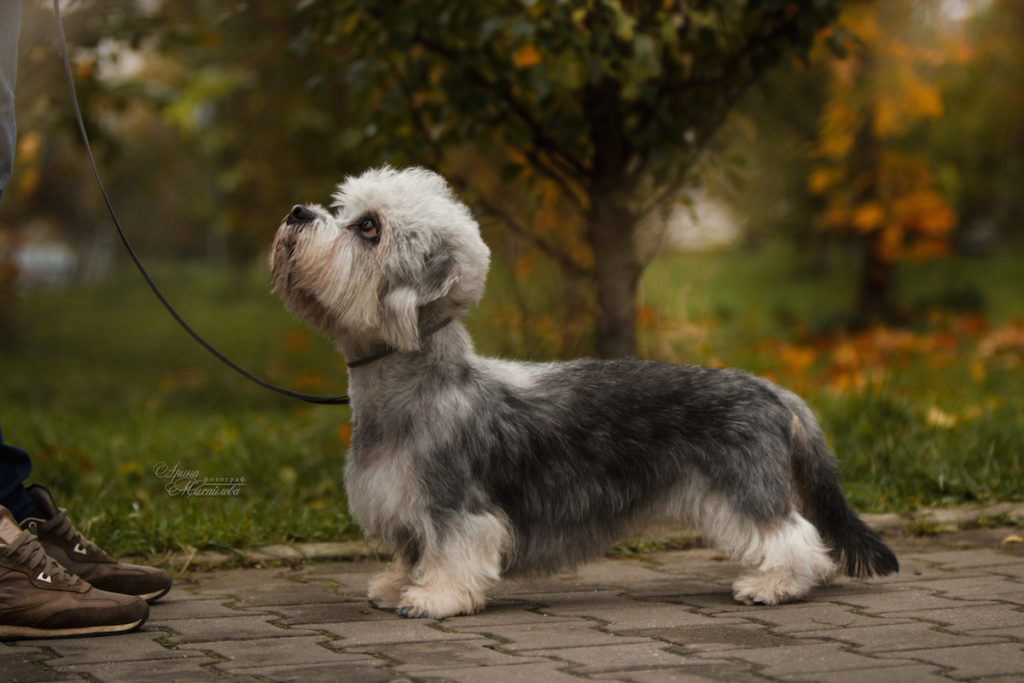
Dandie Dinmont Terrier Dog Health
The Dandie Dinmont Terrier is a breed with an elongated body, which can lead to back problems such as intervertebral disk disease, hypothyroidism, glaucoma, and Cushing’s syndrome. The average life expectancy of a Dandie Dinmont Terrier is 11–13 years. Routine visits to the vet for checkups and parasite control contribute to a dog’s health and longevity.
RECOMMENDED POSTS:
- Great Pyrenees Dog- Characteristics, Behaviour And Health
- 13 Top Best Puppy Food And Their Nutrient Components
- 13 Best Dog Breeds for First-Time Owners (With Pictures)
- 10 Top Best Dog Food Brands And The Composition There.
- 10 Best Natural Dog Food For Healthy Living And Nutrients
- Doberman Pinscher Dog; 3 Superb Physical Characteristics And Behaviour
If you like, please share it. Sharing is usually caring.

